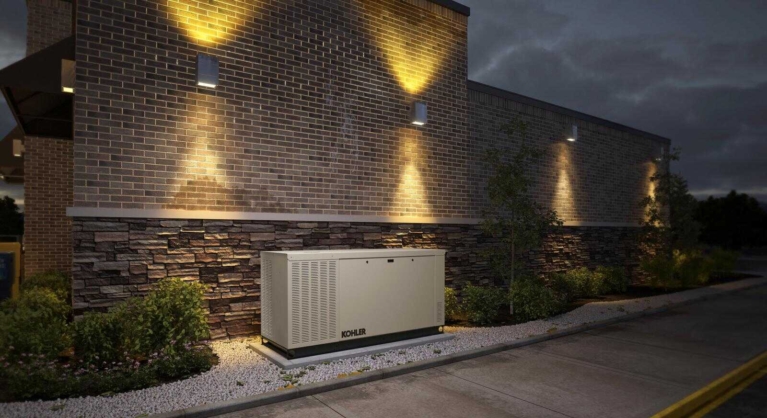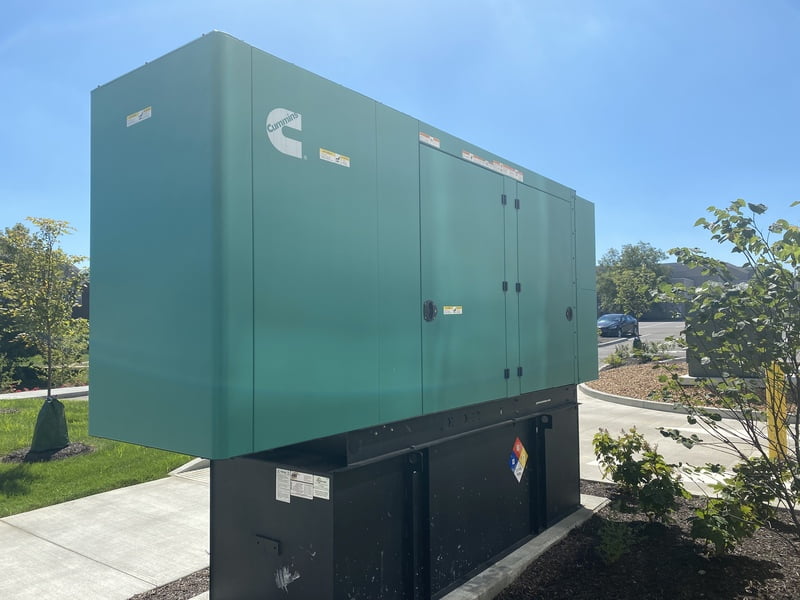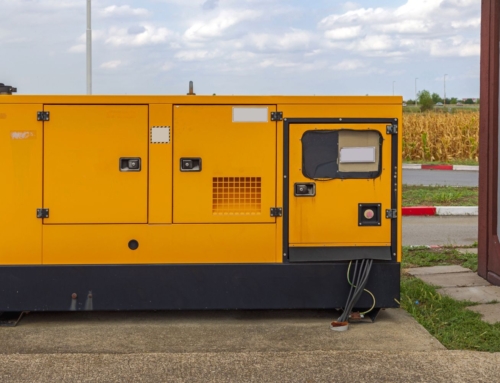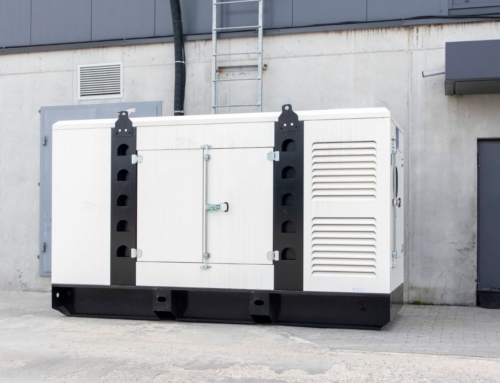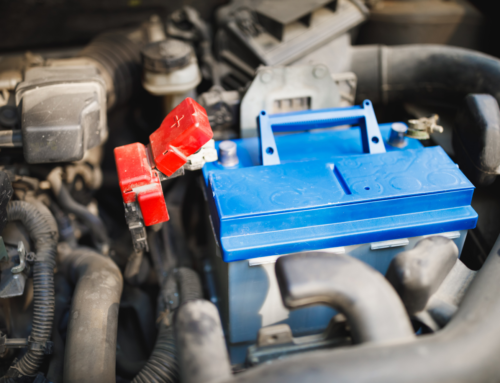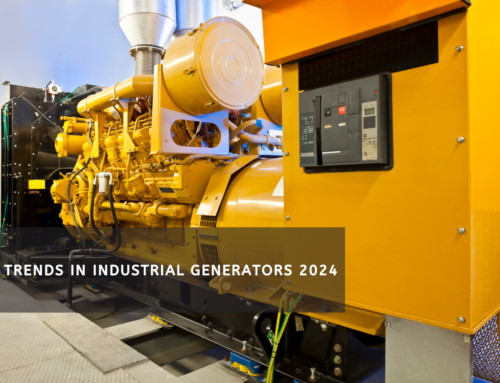The generators that keep the industries running in the absence of power are referred to as commercial generators. They provide backup power to avoid losses or without halting industrial operations. The generators come in two varieties, providing two different types of conveniences. They can be standby or backup generators.
Standby Generators
These generators offer instant power back on disconnection. They are on standby mode all the time and automatically detect the power outage and take action instantly and by themself. They do not disrupt operations and are considered reliable and steady power sources. These are often preferred in areas of frequent power outages or in industries where disconnection can lead to loss of work or permanent damage affecting the overall work.
The standby generators are self-maintained devices that investigate themself at regular intervals. The measures involve engine lubrication, battery charging, and looking for any error in the generator. However, external maintenance checks are equally important in standby generators as in other types of generators. The action is further eased owing to the self-cooling of the generator.
Backup Generators
These are also known as portable generators that do not offer a permanent solution. The backup generators require manual operations to start them, making them preferable for locations with non-frequent power outages or as per the requirement. The backup generator for business includes installation at hospitals, schools, colleges, and other areas. The generators are set up using the extension cords supplying the desired appliances. These are powered by gas and hence require periodic fuel level checkups. These are less expensive than standby generators.
Permit Requirements For Commercial Backup Generators
The pre-commercial generator installation requirements include getting the permit. The details required in a permit may vary depending on the state and country involved. However, a general estimate of requirements can be gained through the following checklist:
-
Site plan
It includes indicating the clear distance between the generator and property lines aligned with clearance to building vents and openings. They should adhere to the regulations by maintaining the 5’ minimum setback. Further, information about any other structural components, electrical and gas lines, fuel tanks, and other relevant information is required.
-
Electrical
An outline diagram stating the presence of all the electrical outlets is required. It should also state the related information, which includes panel voltages/amperes, load calculations, and all conductor and conduit sizing. Check the local and national guidelines for electrical connectivity.
-
Structural
The structural calculations might vary depending on the generator size. The manufacturer’s specifications on mounting are required on choosing the generators weighing equal to or less than 600 lbs. The generators with more than the specified weight, i.e., 600 lbs. and mounted at the ground or weighing more than 400 lbs. and not mounted on the ground, must accompany the engineer’s suggested calculations and drawings for structural review and approval.
-
Sanitation/septic approvals
Jurisdictional sanitary departments or the Environmental Health Department must clear the commercial generators.
-
Manufacturer’s installation manual
The permit provision will also require to comprise one copy of an ‘unadulterated installation manual.’ It will be needed at the inspection time by the field inspector.
-
Planning considerations
The planning department has approval from the respective state or city of commercial location. They will also require a development plan; hence, the same must be thoroughly understood before application.
Further more: Site Planning for an Industrial Generator Installation.
General Generator Installation Requirements
The generalized commercial backup generator installation requirements include the following:
- A thorough analysis of the physical location chosen for the generator through different perspectives, including connectivity, weather protection, exhaust removal, and others.
- Availability of maintenance workers
- Look for the presence of a generator foundation, or get it done now. The foundation can be a concrete pad.
- Location of fuel tank above or below the ground
- Security from the public includes children, pedestrians, passersby, and visitors.
- Presence of enclosure against the elements
Installation Requirements for Standby Generators
Three types of standby generators are permanent enclosed generators, generators located inside the factory, and portable enclosed generators.
- Setting the generator requires a reinforced concrete pad with generator mounting studs.
- Lifting device and crane for placing the generator efficiently on the concrete pad
- Attachment hardware
- Automatic Transfer Switch (ATS)
- Establish road to generator location (in case of remote placement)
- Dunnage for rear wheels in case of generator transportation and moist soil conditions
Installation Requirements for Backup Generators
Commercial backup generator systems are also of three types: emergency commercial generators, emergency standby generators, and additional backup generators.
- Calculate the requirements in terms of space, location, fuel type, size, AMPS, and voltage.
- Choose the generator type and model that suits the application
- Confirm that the generator meets all the requirements, including EPA regulations and local and national codes
- Choose or prepare the site such that it contains privacy barriers, fire and safety alarms, and noise suppression
- Build up the foundation, electrical outlets, and containment tank
- Gain relevant permits
Actions Post-Installation
Installing a commercial generator does not go by forgetting it after starting the work. It requires regular maintenance and checkups to acknowledge any problem. The maintenance must accompany the testing at a specific time period, which can be weekly, biweekly, monthly, or yearly, depending on the generator’s specifications and usage.
However, the load tests must be monthly, along with other visual inspections and health-based tests. Additionally, also focuses on training the facility staff to perform maintenance checkups as per the guidelines instructed by manufacturers. The generator position according to changing constructions in the industries or as per the environmental or weather modifications must be considered post-installation.
Wrapping Up!
The commercial generator installation should be a well-thought-out task done with the engineer’s recommended preparations. The choice must also be carefully considered to understand the requirement, expected deliverables, capacity, and type of commercial generators. The different factors like noise level, running time, location, electrical outlets, structural preparations, and security locations, along with other relevant factors, must be properly considered post prior decisions.
Common Questions on Commercial Generator Installation Requirements
1. What is the lifetime of a backup generator?
The backup generator life varies according to maintenance, usage, and manufacturer specifications. The generalized expectation range should be between 10,000 to 30,000 operating hours. Considering the number of years, a well-maintained backup generator for business can expect to have a lifespan of 20 to 30 years.
2. What should be the service period for the commercial generator?
The service period clearly varies according to usage and manufacturer’s instructions about the generator. For instance, a generator operating at a healthcare facility requires frequent maintenance operations, while one at a retail space does not hold such compulsion.
3. What are the types of diesel generators?
Diesel generators are of four types: new, used, rebuilt, and remanufactured generators.
4. What are the different fuels possible in the generator?
The different and common fuels for generators are gasoline, natural gas, propane, or diesel.
5. What are the pros and cons of new generators?
The benefits are the latest model and manufacture with a good manufacturer’s warranty. They will also be EPA Tier 4i and Tier 4F compliant. The associated cons include manufacturing, assembly, and delivery time if made on order. They have higher acquisition costs and less modification flexibility.
6. What are the pros and cons of used generators?
The used generators come with less lead time, faster purchase, offer wide upgrades, and are serviced, certified, and tested. The downsides include no warranty, lack of aesthetics, and being unsuitable for prime applications.
7. Can a new generator be integrated with the currently used one?
Yes, the generators can be parallelly connected to combine the power output. However, the task will accompany a well-thought-out decision on proper connectivity to serve the purpose.
8. How do we determine the size of the required generator?
A certified electrician should primarily do it. However, for an overview, a thorough and precise estimate of equipment to be powered by the generator and their power ratings must be enlisted. Further, add to it the running time and wattage. Sum up the values to gain total power requirements.

